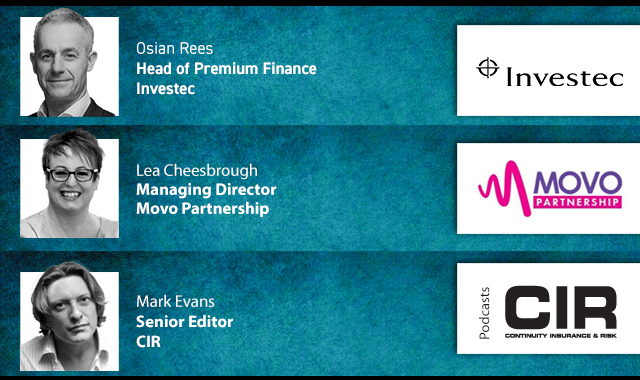Companies in the technology, media and telecoms sectors, financial institutions and healthcare and life sciences companies feel more resilient now than they did 12 months ago, whereas those in the hospitality and entertainment sectors feel the opposite. This is among the findings of a report published today by specialist insurer, Beazley.
Beazley’s inaugural Risk and Resilience report is based on a survey of 1,000 senior executives in the US and UK across 10 industry sectors plus additional insight from interviews with a panel of risk and insurance industry experts.
Respondents ranked risks according to how significant they are to their business and in turn how resilient they felt to them. Where businesses arguably want more support from the insurance and risk management sector are within the high risk-low resilience threat categories, including supply chain, business interruption, climate change, political risk, regulatory risk and environmental risks.
Nine in 10 leaders currently feel their businesses are either moderately (56%) or highly (35%) resilient, while there is a strong sense of optimism for the future with 85% expecting to feel more resilient in 12 months’ time.
Bethany Greenwood, head of cyber and executive risk and interim co-chief underwriting officer at Beazley, added: “One of the key learnings from the pandemic is that, by and large, businesses have survived, adapted and thrived. Almost half feel more resilient than one year ago and 84% are confident they will be even more resilient in a year’s time.
“This is incredibly positive given the challenges businesses have had to contend with over the last 15 months. However despite the green shoots of economic recovery we are all aware we are not out the woods with this virus. As lockdowns end and government stimulus packages are withdrawn, organisations will need a clear view of their evolving risk exposures. The insurance industry’s role in supporting clients to proactively manage their less predictable and harder to quantify risks is even more important to help build overall resilience.”
New world, new risk: Report highlights (Source: Beazley)
• According to the research, 85% of leaders consider the current business environment to be moderate to high risk. However, it is the technology and business-related risks that leaders perceive as easier to manage that worry them most.
• While 37% rank technology as the highest category of risk currently affecting their organisation, this is followed by business (33%), political and economic (18%) and environmental (12%).
• Cyber is the technology risk highest on leaders’ lists of concerns however they also feel relatively well prepared to handle it, with 44% feeling ‘very prepared’ to manage their cyber risk.
• Like cyber, pandemic is seen as high risk yet respondents also feel well prepared to manage it. This sits within the ‘environmental’ category, which is the lowest ranked risk overall. This does not necessarily mean leaders do not worry about environmental risk but they may consider it less pressing or harder to directly influence than other risk categories.
Printed Copy:
Would you also like to receive CIR Magazine in print?
Data Use:
We will also send you our free daily email newsletters and other relevant communications, which you can opt out of at any time. Thank you.













YOU MIGHT ALSO LIKE